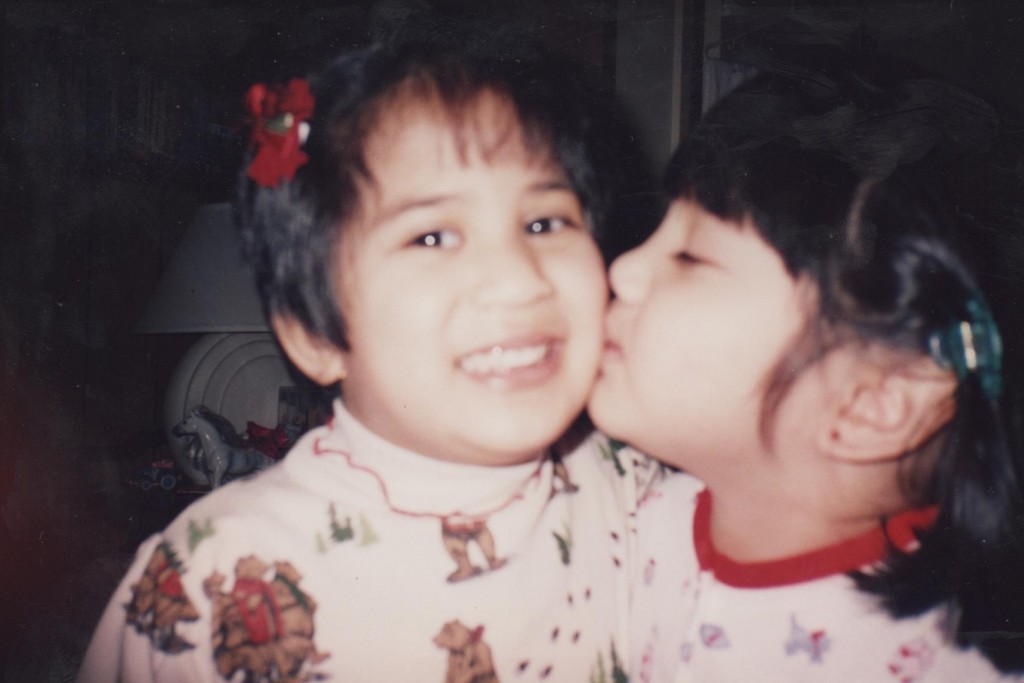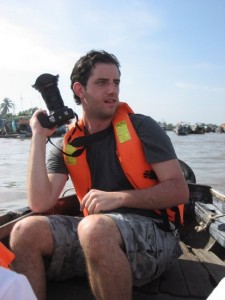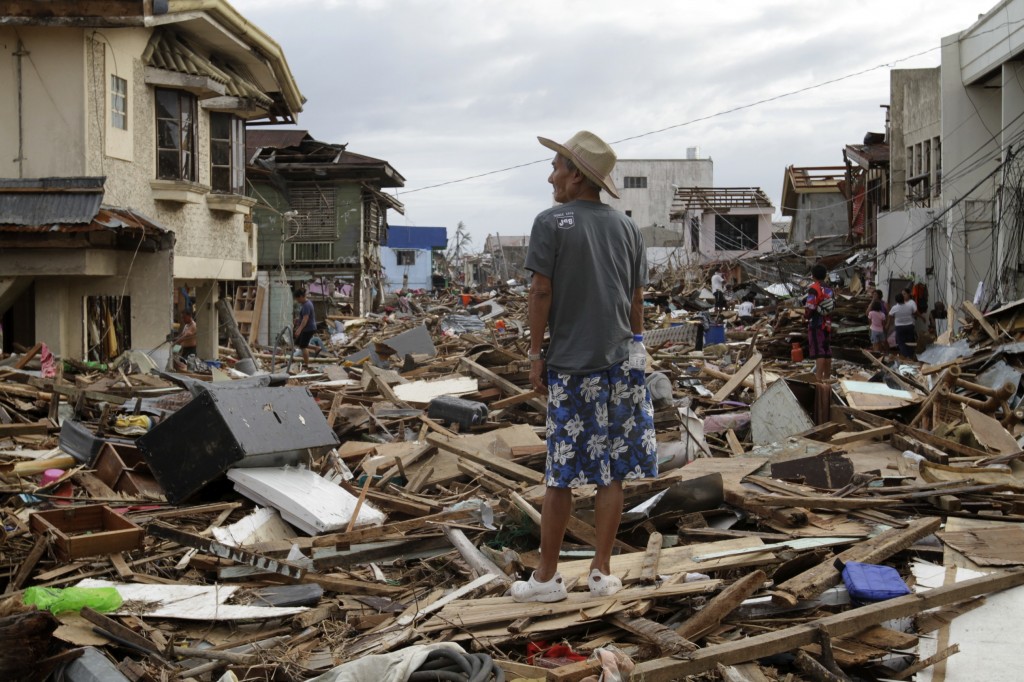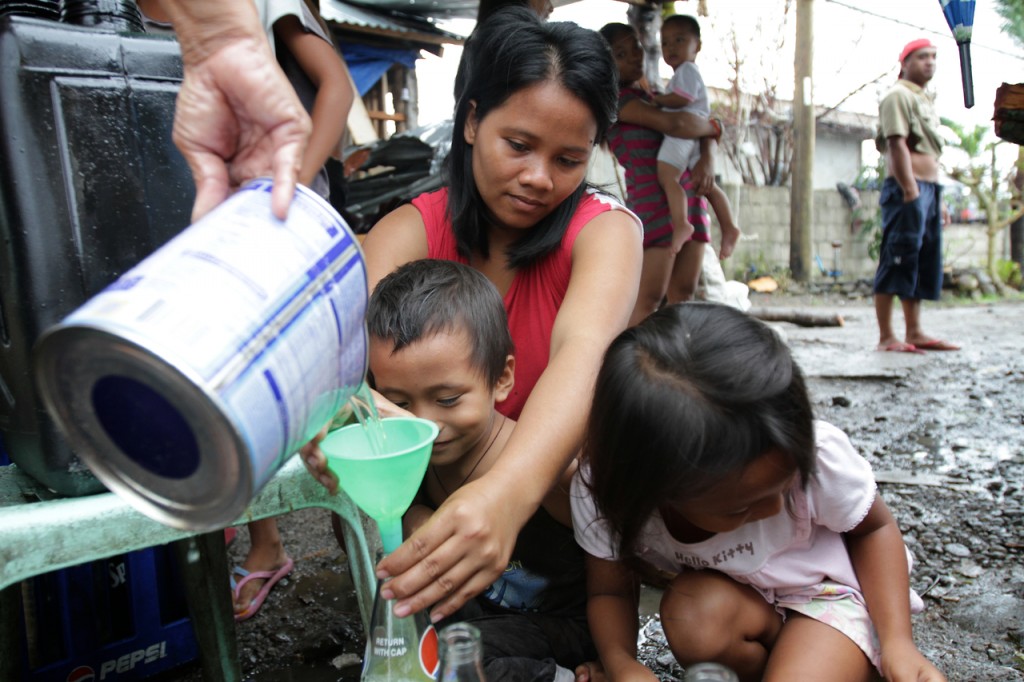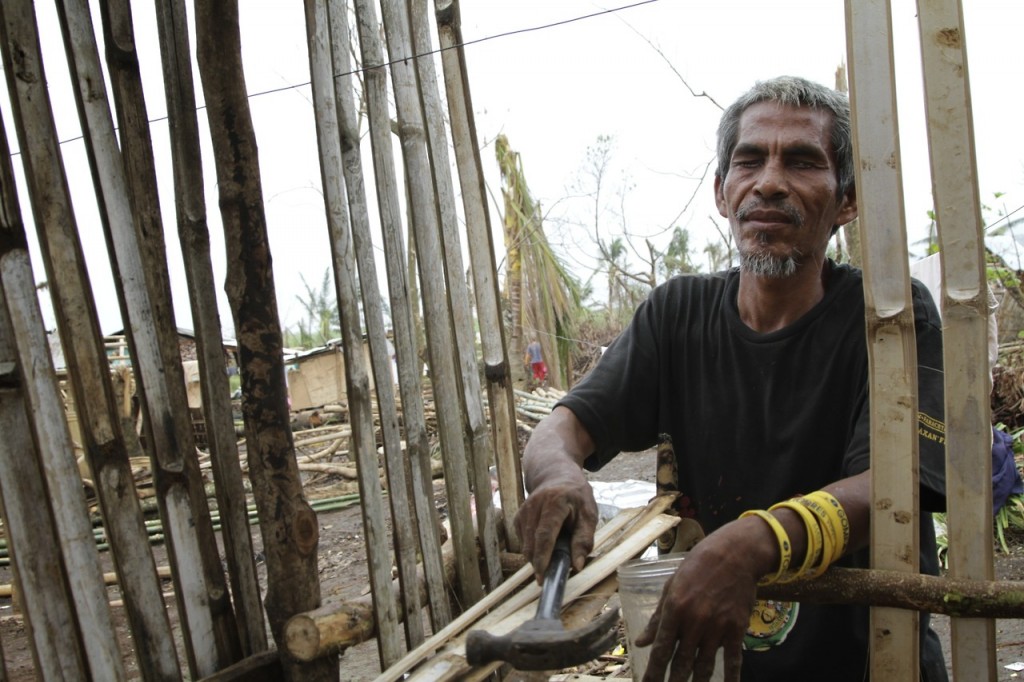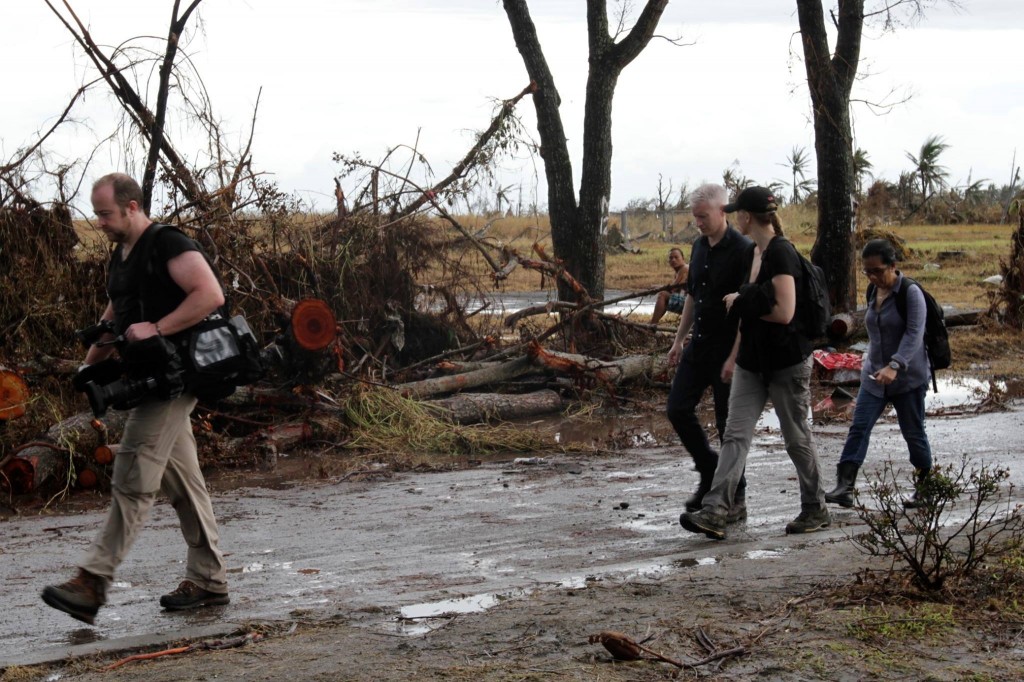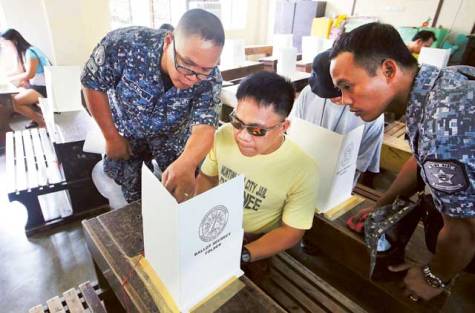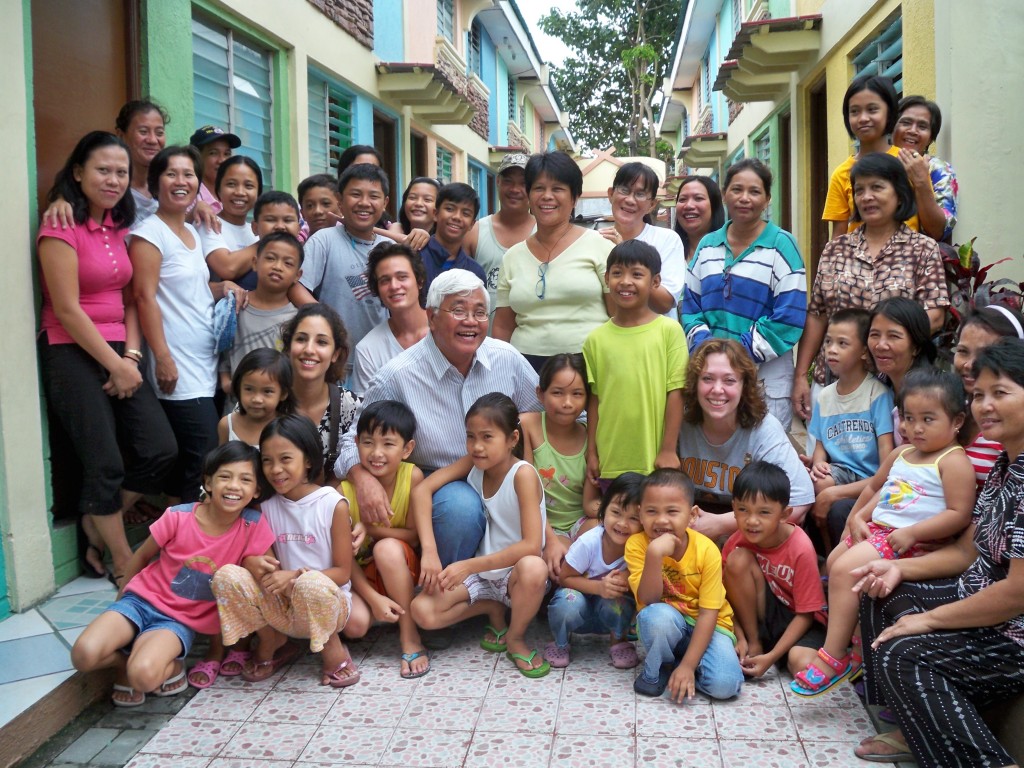 October 5, 2013 marked the first decade of existence for a non-profit that I grew to become involved in over the years. Just a month later, that same non-profit is on the move again in providing relief efforts in Typhoon Haiyan, showing much it has evolved beyond the perception in its younger years that it just builds homes for the homeless. Indeed, these past ten years have been quite an experience for this organization that has not only built homes, but have also provided so many programs for those that otherwise couldn’t afford to have. And as they implement their latest example of Operation Walang Iwanan amidst their 10th anniversary, I want to reflect on the experiences with this non-profit that aims for a better nation.
October 5, 2013 marked the first decade of existence for a non-profit that I grew to become involved in over the years. Just a month later, that same non-profit is on the move again in providing relief efforts in Typhoon Haiyan, showing much it has evolved beyond the perception in its younger years that it just builds homes for the homeless. Indeed, these past ten years have been quite an experience for this organization that has not only built homes, but have also provided so many programs for those that otherwise couldn’t afford to have. And as they implement their latest example of Operation Walang Iwanan amidst their 10th anniversary, I want to reflect on the experiences with this non-profit that aims for a better nation.
We've witnessed it whenever we visit the Philippines: the disparity between the haves and have-nots that can be seen from the towering condos and slums within a stone's throw away from each other to the children begging for change after exiting an air-conditioned mall. Originally, visits to the Philippines as a teen seemed more like literal guilt-trips for me. It certainly was a reminder of how lucky I am to have the comfortable lifestyle I have back in the US, but it also brought upon something else: an urge to do more in combating the likes of poverty. But where do I go to help out? What do I do? What CAN I do?
I first heard of GK back in 2004 from my endless browsing of the SkyscraperCity Philippines forums. The discussion board itself became more than just a place to chat about buildings but about Philippine-related issues ranging from the economy to Pilipino literature. One thread was about a group in the Philippines that started off as an outreach program for a Couples for Christ, Catholic lay group, and eventually grew to become a large anti-poverty effort led by Tony Meloto, fondly known by many of us as Tito Tony. And honestly, it took me a while to correctly pronounce "Gawad Kalinga" (Tagalog for "to give care"... you should see me try to pronounce "Gawad Kalasugan", the community healthcare arm).
A lot of folks remember at the time remembered them as a Habitat for Humanity-esque program as donors could help provide a house for a homeless family for as low as $1,200. However as I dug through the thread, I began noticing that they provided so much more than just homes: community, youth development, food self-sufficiency, environmental awareness within those communities that they built. In a nutshell, it looked like they were in it for the long run! They didn’t provide just roofs over their recipients but also a chance at a life beyond poverty.
And as much as I wanted to help out more, the mobility of a fourteen year old combined with supportive but busy parents proved it to be hard to participate in events. It took me a couple more years before I participated in my first ever group fundraiser, which, out of all places, was during my study abroad experience in Japan! I ended up dancing the Maglalatik in a dinner fundraiser hosted by Tita Susan, where the proceeds would go to GK. I never did get involved with the Pilipino clubs in my early years of high school in the US but I still couldn’t escape the rite of passage of having to do at least one Pilipino dance as a teen.
Returning to the US, I would make an effort to attend the GK’s summits up and down California and would donate here and there, but I never did become more involved. That all changed during a fateful encounter that occurred in a snowstorm that shut down roads between LA and my hometown. The only way to get in and out was by train and that ended up being as packed as a Tokyo subway. As uncomfortable as it was, I somehow ended up sandwiched next to a Fil-Am family who turned out to be GK advocates. Through that bit of coincidence, I ended up being linked to Ate Josie, who was coordinating an awareness event at UCLA. And through that I ran into Jonathan, an advocate from Chicago. A few weeks later, I ended up tagging along with him to Zamboanga, and what an experience that was!
Each year, GK hosts a five day event called the Bayani Challenge where teams from all walks of life and all around the world come together to a GK site and build homes alongside interacting with beneficiary families, working with local groups, and create relationships with fellow compassionate souls. While admittedly it would’ve been more efficient to have just donated the money that would’ve otherwise been spent on the airfare, the ability to be on the ground ourselves and see the results of our donated dollars was rewarding in its own right. It helped remind us of why we advocate, and that GK goes beyond just building homes, figuratively and literally. I was eager to join the first one in 2006 as a response to the mudslide that struck in Southern Leyte. Unfortunately though, solo visits to the Philippines were a no-go for my family back then. It took me three more years until I could finally set foot on a BC build site.
I first attended the Bayani Challenge with students and alumni from Ateneo de Manila then eventually with GK USA’s own team and the experiences I had in those builds were nothing short of memorable. The sort of teamwork seen and is something that still resonates. I always remember folks ranging from little kids to Marines jumping in to create a human chain in bringing cement to a totally different team’s house. And let's not forget the other international teams we've worked with. I'd have friendly jabs with our Pilipino-Australian friends from Team Southern Cross a couple times while in our most recent BC we had back-up from our Pil-Can buddies! Admittedly though there are trying times as well as I’ve had my fair share which is then further exacerbated by the tropical climes that would have both tempers and temperatures rise as the days go by.
The hardest was in 2010, when I was with the Ateneo team in Palawan. I had lost my brother just a few months before and was still admittedly a grieving mess. I was in no position to emotionally be there yet I committed to it, and with much difficulty. However, the patience and kindheartedness of my teammates stood out despite my constant outbursts. I believe I held the group back, but they didn’t make it seem that way. Instead, they took time to help me out. Looking back, the same kindheartedness I received while on the ground on that specific BC is a constant reminder how much more compassion I can share as an individual, that I can do more in helping comfort others beyond just an “I’m sorry,” and a reminder of how simple things, ranging from a simple greeting to taking time to touch base, can help make or break someone’s day.
But what's most touching is meeting the people that benefit from all this. A few days after attending Bayani Challenge 2011 at Bantayan Island (which ended up being in the crosshairs of Haiayan's path a couple years later), I joined Team GK USA in visiting the Hope Village at Bagong Silang, Caloocan City. Bagong Silang is home to the largest slum in the Philippines, and happens to be the location of the first ever home built by what was to eventually evolve into GK. There, we met a gentleman by the name of Raffy Saberonio who was the president of the homeowner association, and the tour guide of the Hope Village and the slum butting alongside it. On one side we saw the makeshift homes, while on the other side the bright colored GK homes; truly the epitome of night and day. He himself has been waiting 14 years for a permanent home, after being relocated by the government. I can't forget the tears he shared, but how thankful he was to have us visit a place that progress seemed to forget--until GK came in. As what teammate Frederick Aguinaldo commented after the visit:
"It is one thing to hear the background of Bagong Silang, it is a totally different experience when actually visiting ground zero."
And as I see GK utilize their resources once again in disaster response via Operation Walang Iwanan (no one left behind), I'm reminded of the legacy they've made in the past decade and the people that made it possible. The tens of thousands of volunteers worldwide, the generous donors, the celebrities that put their reputation behind this cause, all united under one goal: bringing millions out of poverty. Unfortunately there will always be challenges to reaching that milestone, with the most recent reminder being Typhoon Haiyan. Yet GK's efforts seem to be the embodiment of the Japanese adage "fall down seven times, stand up eight." We see it through the actions of their immediate response via Operation Walang Iwanan, and long term by the planning going on towards providing housing for those displaced.
Indeed my experience with watching GK grow this past decade has been exciting and has me looking forward to what's to come in the next ten years with hopefully more fellow Fil-Ams joining us in events such as the Bayani Challenge, Bayani Tour, and many other programs!
If you want to become more involved in GK's efforts, check out the GK USA website for more info!
Photo credit: Gawad Kalinga


